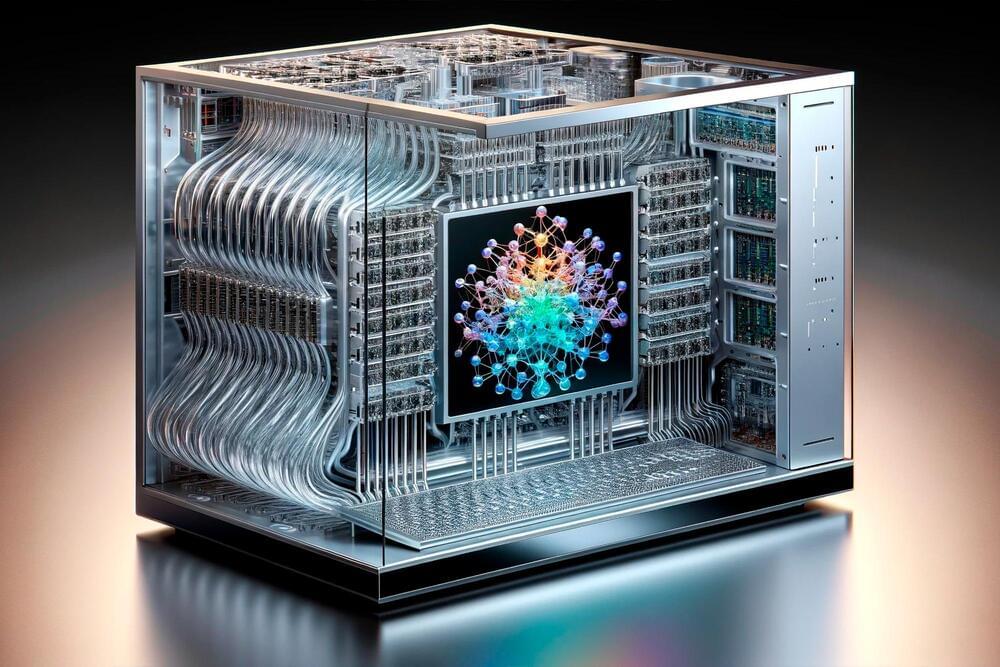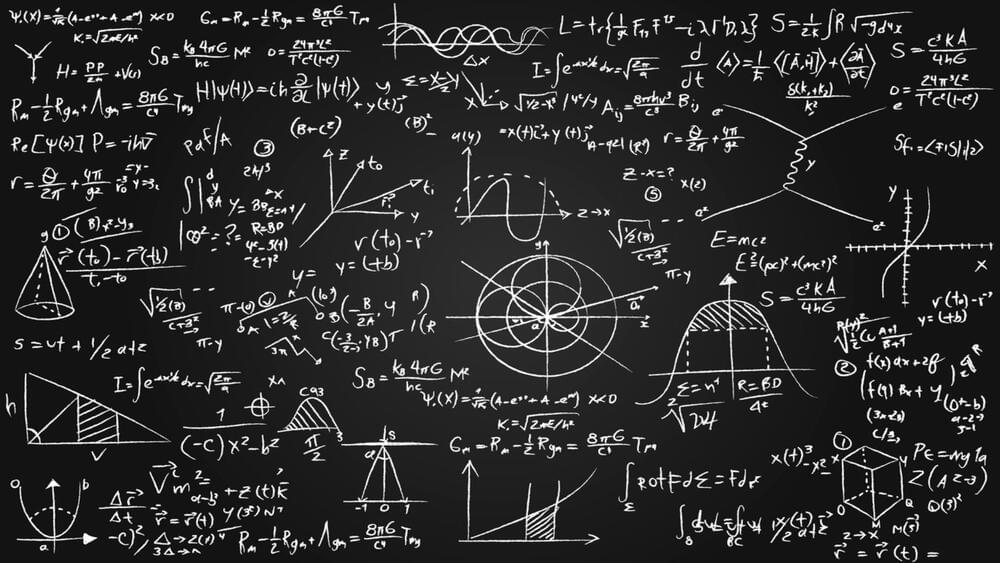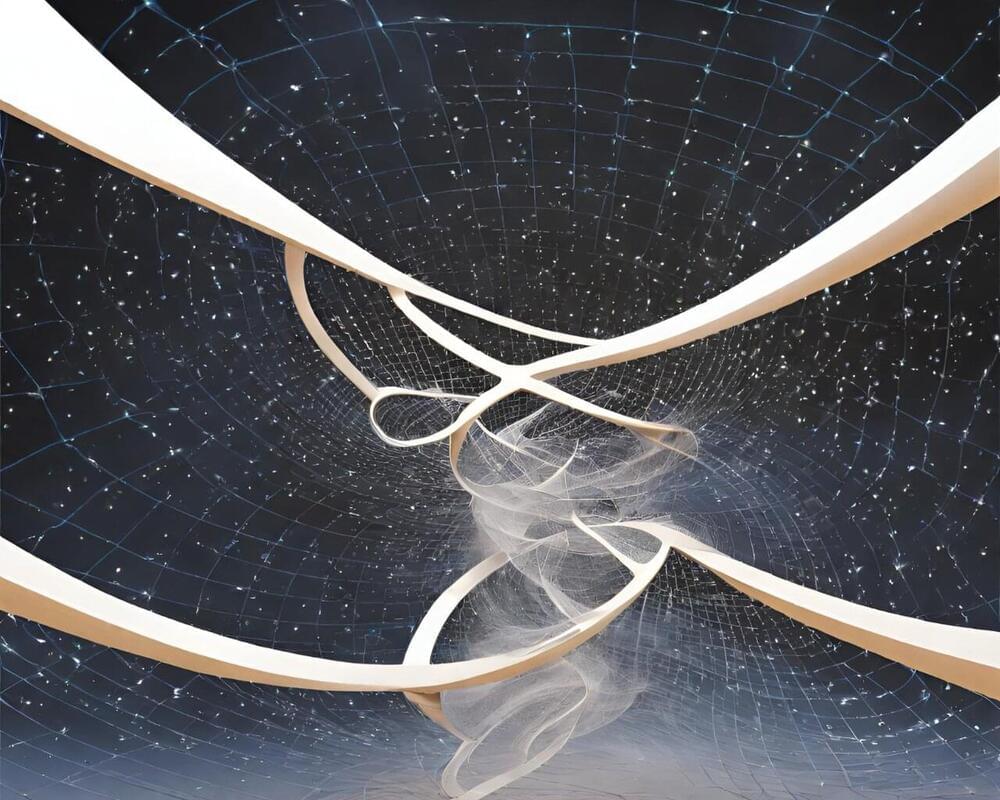3 million custom ChatGPTs
The new store is dubbed the GPT Store, where customers who have subscribed to their ChatGPT Plus service for $20 per month can browse through custom chatbots that offer a range of services such as book recommendations, math tutorials, and scientific paper searches. According to a blog post by the company, the store aims to assist users in discovering popular and practical custom versions of ChatGPT. In an official tweet, the company says users can now choose over 3 million different types of GPTs as per their choice and needs.









